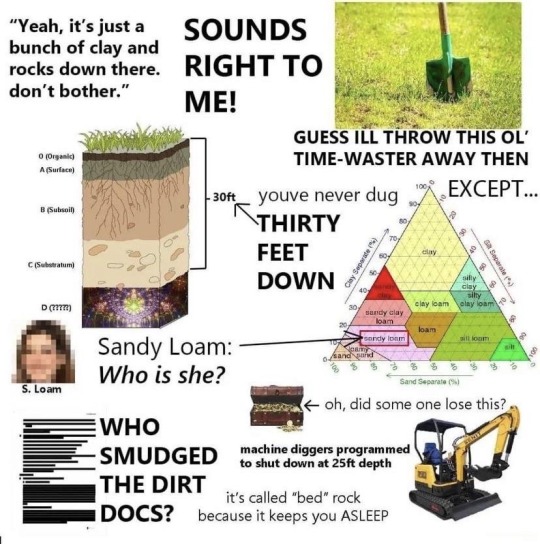#Geology
Text
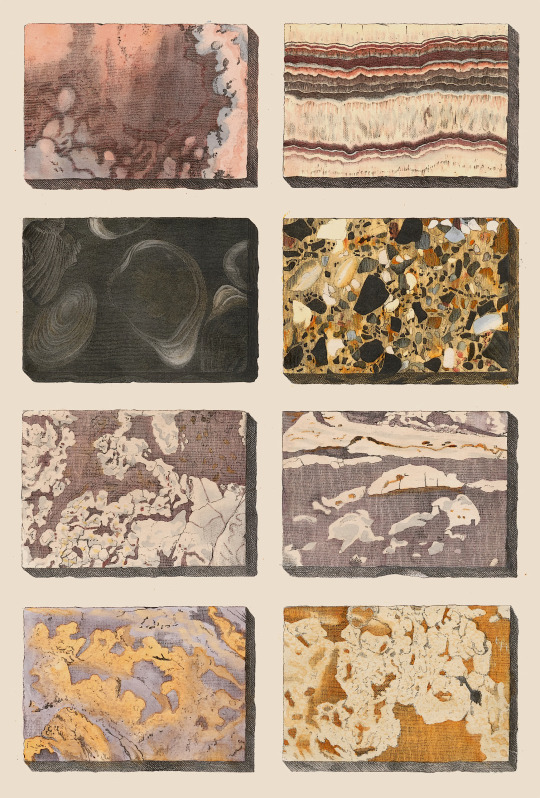
Das Mineralreich in Bildern - J. G. von Kurr - 1858 - via e-rara
252 notes
·
View notes
Text
If you look from above, you can see thousands of stone structures dotting the landscape of the Arabian peninsula. On the ground, you can find a bounty of stone tools and ancient fireplaces scattered along the edges of ancient lakes, as well as rock art depicting hunting and herding scenes in the surrounding mountains.
Despite the visibility of these sites, only in the past decade or so have archaeologists taken a dedicated interest in them. Some of the structures have now been dated at up to 10,000 years old.
However, the arid climate, baking days and freezing nights, and intense wind erosion are not kind to some of the other relics archaeologists prize. To date, there has been little found in the way of fossils or the kind of deeply buried, layered deposits that can open a window onto the history of a place.
Until recently, no archaeologists had surveyed any of the hundreds of caves and lava tubes recorded across northern Arabia. In 2019, our team began to look in these subterranean locations—and in a new study published April 17 in PLoS ONE, we report on the first documented occupation of a lava tube in the Arabian Peninsula.
Continue Reading.
#Science#archaeology#anthropology#anthropologie#Saudi Arabia#Middle East#science#stem#Lava tubes#geology
87 notes
·
View notes
Text
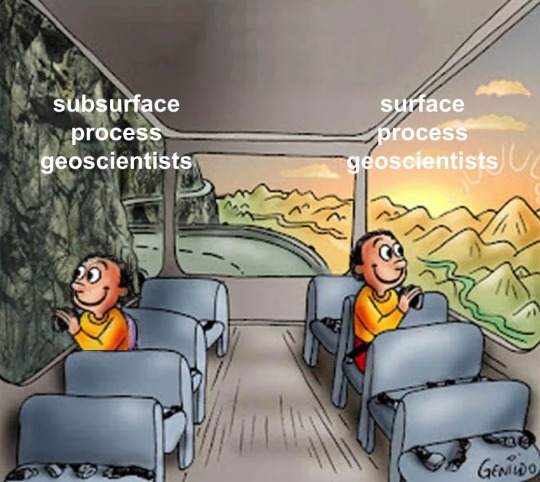
84 notes
·
View notes
Text
#夢乃あいか#donghae#ai#harajuku#tt#geology#submisive faggot#funny#faggot slave#aly michalka#lakes#anakin skywalker x reader#the witcher#misa amane#spencer reid
130 notes
·
View notes
Text
42 notes
·
View notes
Text

HiPOD: Sediment Ponds in Tithonium Chasma
This survey of the canyon floor of Tithonium Chasma in Valles Marineris reveals terrain of two distinct ages. The slopes and hilltops here are made up of rough rocky outcrop that was sculpted by impact craters of all sizes. In contrast, the valley floors are filled with light toned, smooth materials with far fewer large craters.
At HiRISE resolution, we can see that the “smooth” materials are in fact littered with boulders and small impact craters, so they cannot have been emplaced very recently. However, the absence of larger craters tells us that the smooth materials are much younger than the ancient rocky outcrops of the canyon floor.
The smooth materials appear to be sediments that were deposited possibly by the wind, long after the canyon was formed. The sediments filled in the low lying spots in the canyon floor, leaving a landscape that resembles lakes and ponds but is made up of dust and sand instead of water. (Image cutout is less than 5 km across.)
ID: ESP_082582_1755
date: 9 March 2024
altitude: 267 km
NASA/JPL-Caltech/UArizona
23 notes
·
View notes
Text
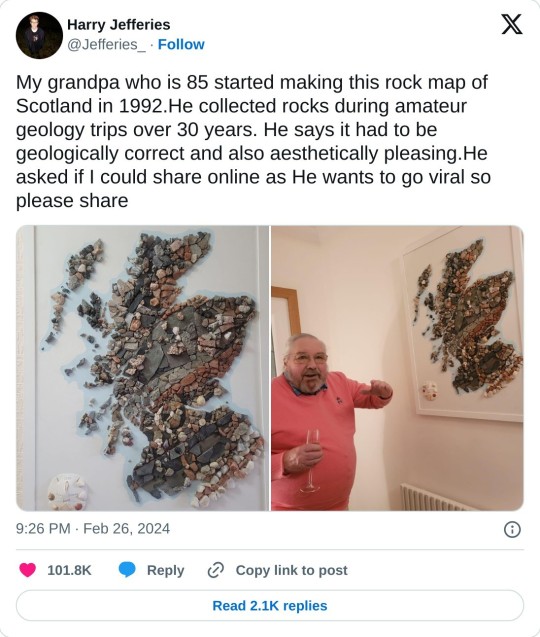
#geology#scotland#i haven't worked in geology in 30 years#but it's still dangerous to let me drive when the geology is interesting#@ayeforscotland#but i am still a cartographer#and this is a way cool map
52K notes
·
View notes
Text
my friend told me that her boyfriend got her a super cool rock while they were on vacation together and you would not BELIEVE my disappointment when i realized she was talking about her engagement ring
#this is a silly goofy mood post pls no being weird or taking it too seriously ok? ok :)#yes yes ur engaged congrats but also why would u get me excited about a rock#when no rock#eslyea#geology#rocks
218K notes
·
View notes
Text
A juvenile bug isn't called a larva until it reaches the surface. While it's still underground it's called a margma
15K notes
·
View notes
Text

It me
53K notes
·
View notes
Text

Aquamarine with Morganite from Minas Gerais, Brazil. By dusted77 on Instagram.
#aquamarine#morganite#mineral#minerals#exhibit#exhibits#minas gerais#brazil#munich#germany#geology#nature
7K notes
·
View notes
Text
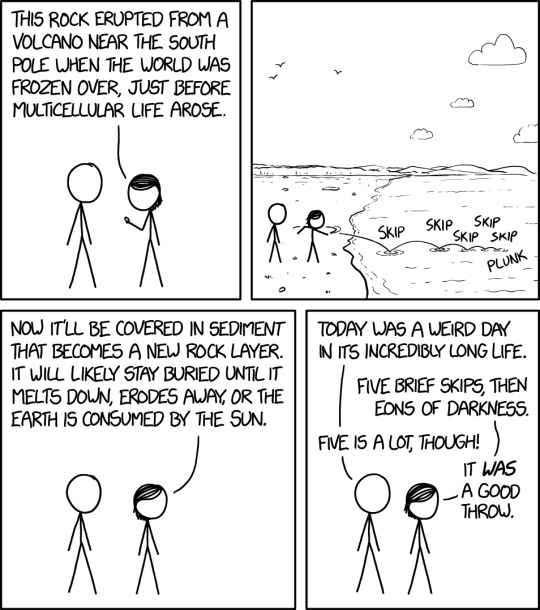
i think we should all consider getting emotional over this xkcd. as a group. let's get emotional about it
16K notes
·
View notes
Text
The Lunar Environment Monitoring Station (LEMS) is one of the first three potential payloads NASA selected for the Artemis 3 mission, which will land humans on the moon in 2026 for the first time in more than 50 years.
The compact, autonomous seismometer is designed to withstand the long, cold lunar night and operate during the day, continuously monitoring ground motion from moonquakes in the region around the lunar south pole, where Artemis 3 astronauts will land. LEMS is expected to operate on the lunar surface for at least three months and up to two years, demonstrating its capability to measure the moon's geophysical activity unassisted over long periods of time, according to a statement from NASA.
Continue Reading.
32 notes
·
View notes
Text
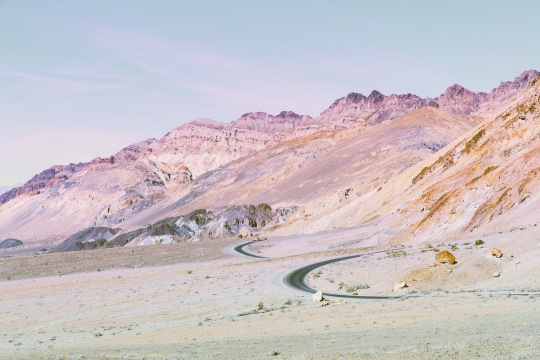


painted peaks; death valley, california
instagram - twitter - website
#photographers on tumblr#landscape#nature#aesthetic#pastel#desert#road#texture#mountains#geology#dreamscape#travel#death valley#california#national parks#original photographers#artists on tumblr#art#outdoors#leah berman
7K notes
·
View notes
